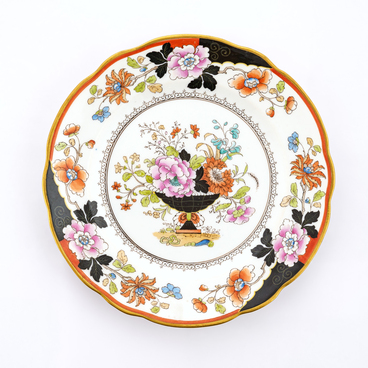Nikolai Tarasovich Malyshev was born in 1851 into a family with a strong artistic culture. His father, Taras Mikhailovich Malyshev, worked as a model at the Imperial Academy of Arts.
At the age of 20, Malyshev enrolled at the Imperial Academy as a non-matriculated student and studied there until 1878. His teachers were the artists Alexey Tarasovich Markov, Pyotr Mikhailovich Shamshin, Carl Bogdanovich Wenig, and Bogdan Pavlovich Willewalde. During his time at the academy, he received numerous awards. In 1879, he earned a small silver medal for his sketch “The Miraculous Rescue of Three Young Men Thrown into a Fiery Furnace at the Behest of Nebuchadnezzar, ” and a large silver encouragement medal for a study from life.
In 1881, Malyshev traveled to Europe.
In 1882, Nikolai Malyshev received the title of Class Artist of the third degree for his paintings, “The Seller of Curiosities” and “Bazaar in Cairo”. The artist entered a competition for the Grand Gold Medal with the painting, “Tsar Ivan the Terrible and the Storytellers, ” but did not win.
In 1882, Malyshev began presenting his works at academic exhibitions. He was a painter and graphic artist, specializing in genre scenes.
The small canvas “The Flower Girl” presented at the exhibition depicts a young woman, a representative of the common occupation of the 19th century. The young woman is depicted sitting on a bench, wearing a dark purple dress. She has a delicate oval face and dark curly hair gathered at the top of her head. A blue scarf is draped around her shoulders. She wears red beads around her neck. In her lap, on her blue embroidered apron, she holds a large basket filled with yellow and red roses. Her hands are folded at her waist. In the lower right corner of the painting, there is a gray inscription that reads “N. Malische…“.
The canvas is believed to have belonged to the industrialist Mikhail Nikolayevich Zhuravlyov, one of the most prominent merchants from Rybinsk. Zhuravlyov traded in grain in the Volga River area. He served as the chairman of the Rybinsk Exchange Committee from 1872 to 1905. The painting was transferred to the Rybinsk Museum from the Abbakumovo Cable Factory in 1925.


